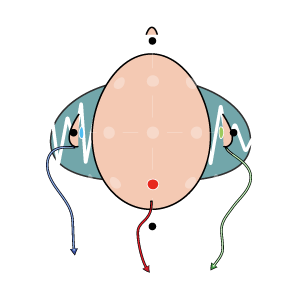
BCI and emotional states
This paper describes a foray into the field of Brain Computer Interfaces (BCI) and Electro Encephalography (EEG) signal recognition and comparison. The primary focus is on neural training when trying to help subjects stabilize their relative theta and alpha waves amplitudes. The secondary focus is to use emotions induced by music and episodic memory as a means of control in a BCI. The test results indicated that this kind of neural training while it worked did not inspire much feeling of being in control in the test subjects. A simple analysis of the results from the episodic memory emotion test shows a promising difference in the signals created by the segment subjected to happy versus sad music. Also the episodic memory seemed to generate a strong enough signal for a recognition algorithm to use it for controlling a BCI.
7th Semester in MSc Medialogy, Aalborg University. Work done with Nagendra Bohora, Bogi Niclassen and Ro Sonne
This tool is the prototype used for the first test in the series of experiments concerning the Brain Computer Interface field in Aalborg University. The users have been asked to use the Self Assessed Manikin Form before and after the test. Their only duty was to keep relaxed and when people achieved that state the balloon inflated.
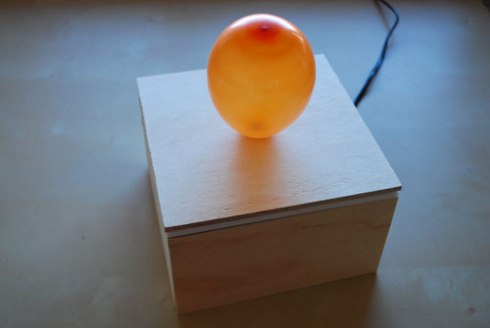
Here are some of the graphics which I developed in the research group on Brain Computer Interface. The aim is to show the data for the scientific committee.
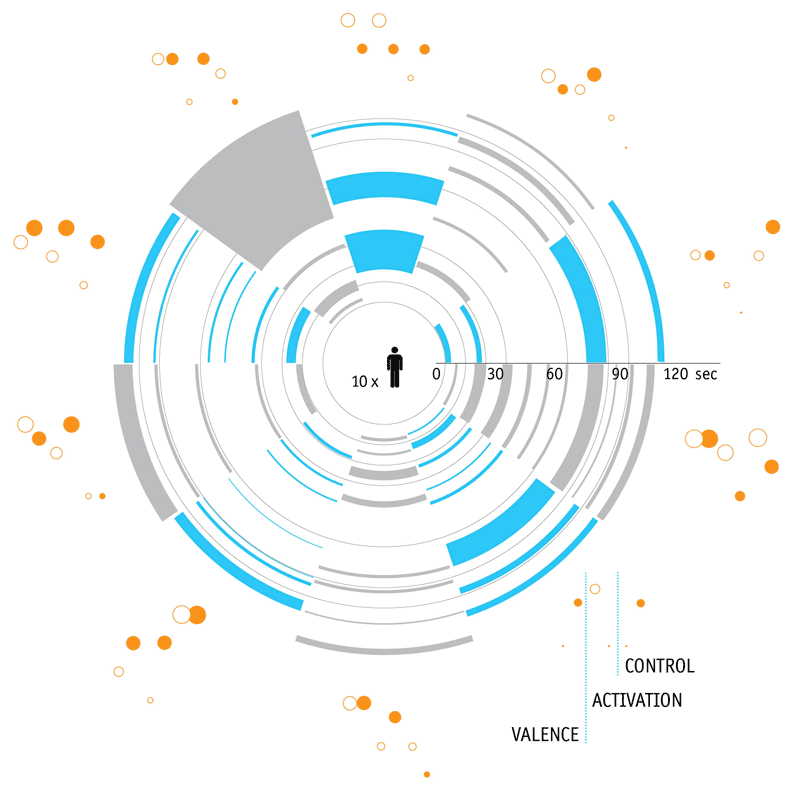
The figure shows ten people behaviour. Along the x axes are the seconds of all the test. This is about the neurotraining tool, and the coloured bands show when the users were able to achieve the relaxed feeling. It is possible to see how many times and for how long for each one.The orange circles state the three cues of the Self Assessed Manikin, before and after the test, respectively vuoto and filled. They are in a scale from 1 to 9, negative to positive. Valence is about feeling good or not, Activation if the user is awake or not, and Control when he is able to control the machine.
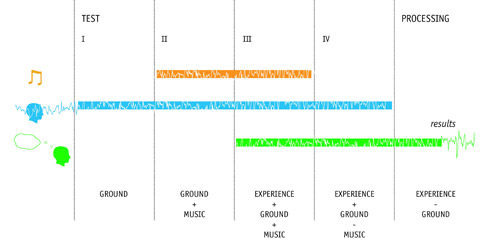
The graph above shows the steps of the music test, explained in the scientific paper. The aim is to achieve a personal brainwave, focusing on a particular experience with the least possible noise from external reasons.
More on the work in progress blog: http://bcigroup.wordpress.com

physical 
html, js, art 
mobile, ux, graphics 
product, installation 
3D, video 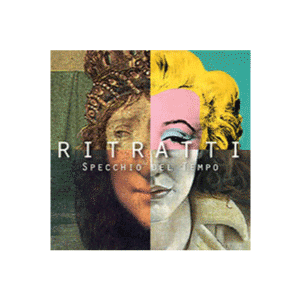
graphics, art 
max msp, arduino 
graphics, research 
installation, arduino 
colour, product 
processing, psychology 
graphics, ixd 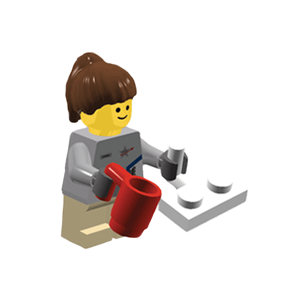
graphics 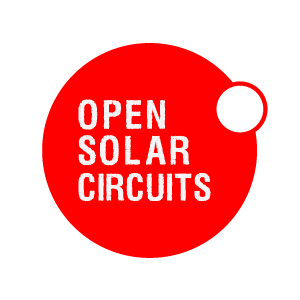
hardware 
processing, psychology 
bci, product, arduino 
graphics 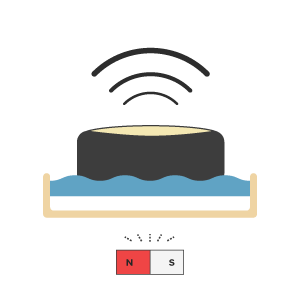
installation, arduino 
hack, arduino 
graphics, ixd